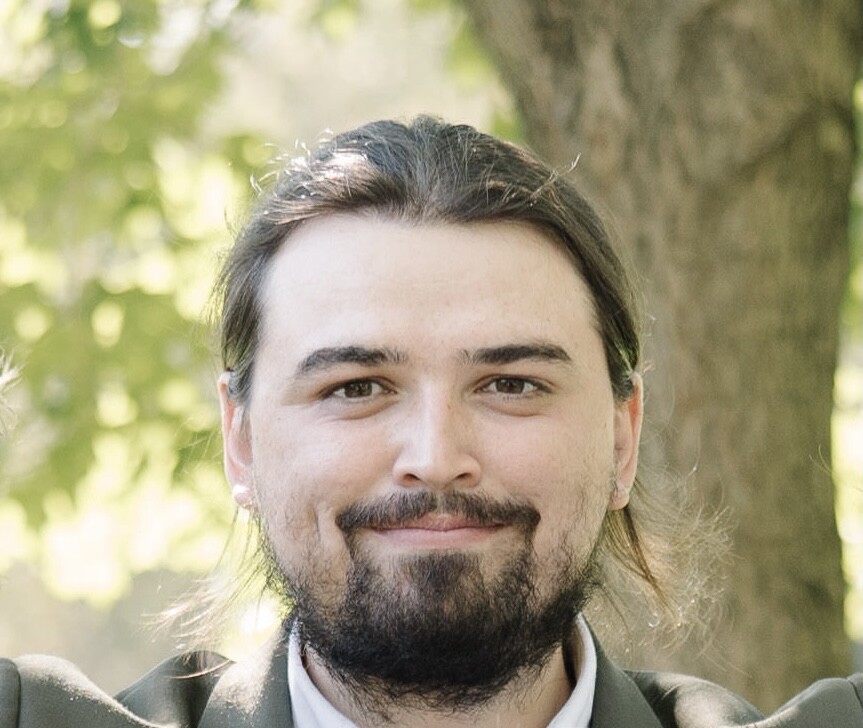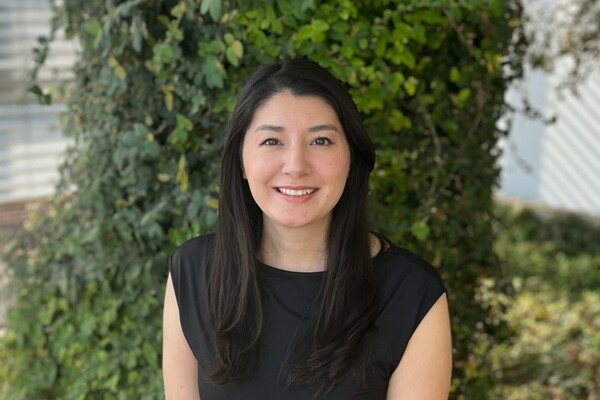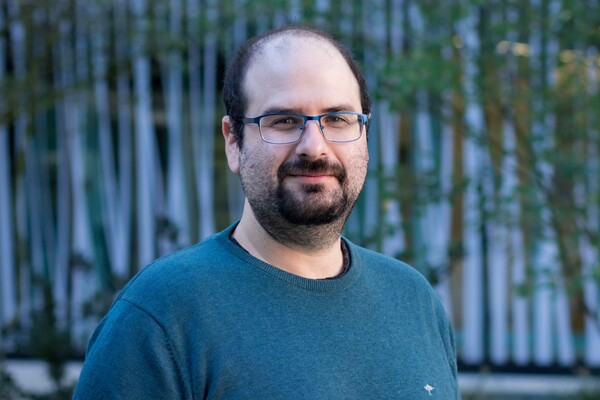Main Second Level Navigation
Donnelly graduate student vies for the $50,000 vision research prize

Around one billion people globally are affected by blindness with scientists racing to find cures. One of them is U of T graduate student Justin Belair-Hickey, who is creating retinal implants that might one day be used to restore vision.
Next week, his project could get a funding boost as he battles it out for the $50,000 Researcher to Watch Award with other early-stage vision researchers.
Belair-Hickey is among the four finalists shortlisted at the inaugural Eye on the Cure competition, which is organized by the Fighting Blindness Canada foundation, the country’s largest private sponsor of vision research. Touted as “Dragon’s Den meets TedTalk”, the contest will see the finalists pitch research proposals to a panel of three judges at a virtual event on November 13.
I am grateful to be among such accomplished finalists and that it’s nice to hear that others in vision research think what you are working on is valuable.Justin Belair-Hickey, PhD candidate in the van der Kooy lab, Donnelly Centre
“We each have to prepare a five-minute big picture-type pitch to try to convince the judges that it’s worthwhile to fund our research,” said Belair-Hickey, a final year PhD candidate in the lab of Derek van der Kooy, a professor of molecular genetics in the Donnelly Centre for Cellular and Biomolecular Research at U of T’s Temerty Faculty of Medicine.
Fortunately, big picture-thinking and communication of science have been a big part of his doctoral training.
“Derek is really good at making you think outside the box and he also very much focuses on the communication of science,” said Belair-Hickey, who previously won the Cecil Yip Doctoral Research Award that recognizes outstanding first-year graduate students in the Donnelly Centre. “In terms of preparing for the contest, I am trying to take more time away from the bench to read the literature and think deeply about the project.”
Other finalists are Jovi Wong, ophthalmology resident at U of T, Stephan Ong Tone, clinician scientist at Sunnybrook Research Institute, and a duo from the University of Calgary, medical resident Etienne Benard-Seguin and PhD candidate Abdullah Al-Ani. Their projects range from using AI to diagnose eye diseases to developing novel retinal transplantation strategies.
For Belair-Hickey’s part, he wants to create from stem cells the macula, which sits at the centre of the retina and is rich in cone photoreceptors, the cells responsible for colour vision and acuity. Age-related loss of cones and subsequent macular degeneration are the leading cause of vision loss in older people, affecting 1.4 million Canadians.
Scientists around the world are looking to grow replacement body parts using stem cells, thanks to their ability to self-renew and become specialized cells. Having already developed a method for converting human retinal stem cells into the cone photoreceptors, Belair-Hickey is now working to create the macula. Instead of culturing the cones as a flat sheet of cells, he is trying to differentiate them inside retinal organoids, which are three-dimensional balls of tissue that better replicate retinal architecture and the cell-cell interactions within.
“I want to apply what we’ve learned so far to the retinal organoids to get them to really produce a lot of cones so that we can use them for transplantation,” he said.
The next step will be to transplant the macular patch into blind mice to test its ability to restore vision. In collaboration with Molly Shoichet, a university professor of chemical engineering and applied chemistry in the Donnelly Centre, Belair-Hickey is looking to use hydrogel biomaterial to boost graft survival integration into the host retinal circuitry.
There’s reason to be hopeful that it will work. Former graduate student in the lab Brian Ballios was able to partially restore vision in blind animals using implants containing rod photoreceptors, which mediate peripheral and night vision.
Working with Ballios, who is now a clinician scientist at the Krembil Research Institute, at University Health Network, Belair-Hickey will also create retinal organoids from patients with retinal diseases caused by inherited genetic mutations. This will allow them to study how disease unfolds in a dish and to maybe even find ways to stop it.
“Often with retinal diseases, deficits don’t show until much later in adulthood, and we wonder if there may cellular dysfunction occurring earlier in development that we may miss due to lack of access to this time period,” he said. “Human retinal organoids allow us to get a lot of detail into these early developmental processes.”
With his mind back on the contest, Belair-Hickey is “grateful to be among such accomplished finalists and that it’s nice to hear that others in vision research think what you are working on is valuable.” But regardless of the outcome, he sees it a way to raise awareness about eye diseases and vision research.
“I would encourage people to buy tickets to watch the competition,” he said. “Fighting Blindness are a great organization that have funded a ton of amazing eye research over the years including other projects in our lab and I hope that people continue to support them.”
Follow us on LinkedIn and Twitter to keep up with Donnelly Centre news.
News



